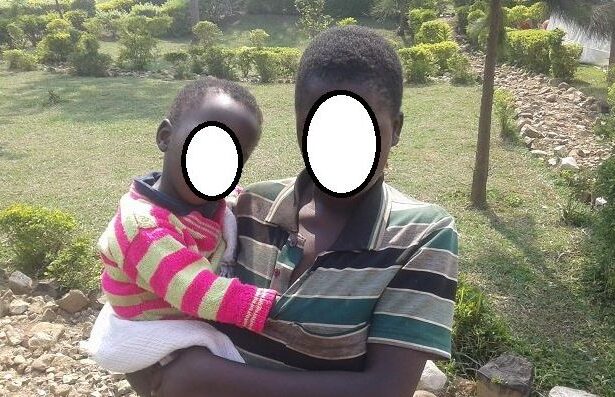3375 teenagers in the Eastern Province became mothers after they delivered children in the first six months of the year 2018. The numbers reduced by a half compared to first six months of the previous year (2016) as 6386 young girls had delivered.
The figures were revealed by the Ministry of Health on Sunday during the Rwanda Patriotic Front (RPF) end of year meeting that brought together members of the Inkotanyi in the Eastern Province.
Speaking to participants during the meeting, Rwanda’s Chief Gender Monitor, Rose Rwabuhihi said that statistics by the Ministry of Health indicate that 3375 girls aged between 15 and 19 years were impregnated and delivered children in the first six months of the year 2018.
- Advertisement -
A total of 737 girls were from Gatsibo District counting most pregnancies and 251 from Rwamagana; with the smallest number.
Rwabuhihi urged RPF members to stand up all together and fight the unwanted pregnancies among teenage girls.
The Governor of the Eastern Province, Fred Mufulukye said the unwanted pregnancies in teenagers increase with abuse of drugs and irresponsible families that don’t care for their children.
“Our analysis reveals that drugs and the fact that children are not cared for by their families are reasons why teen pregnancies keep increasing. We are going to build the Village’s cultural school ‘Itorero ry’Umudugudu’ which will help us identify problems within families and after which we will partner to resolve them as RPF Inkotanyi party members,” Mufulukye said.
The Commissioner in charge of Agriculture and Rural Development in RPF, Francine Tumusiime, who represented RPF Secretary General at the meeting, urged RPF members to work together in fighting malnutrition and the violence faced by girls which are among challenges to Rwanda’s national development.
After the meeting, members of the RPF in Eastern Province resolved to work together in fighting the stunting among children, the gender based violence and family conflicts through Rwandan cultural values set to be enhanced through the ‘village’s cultural schools’.









